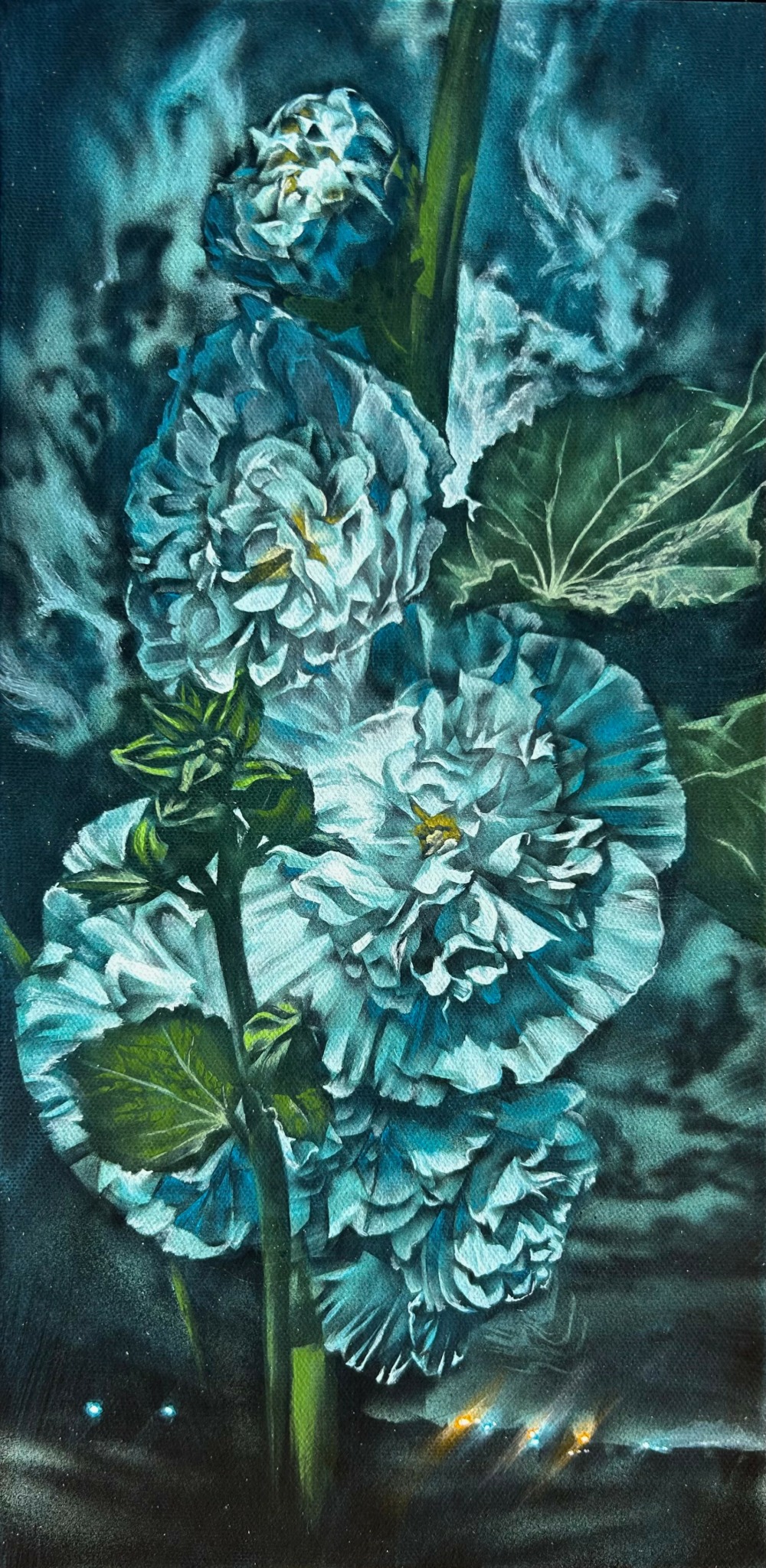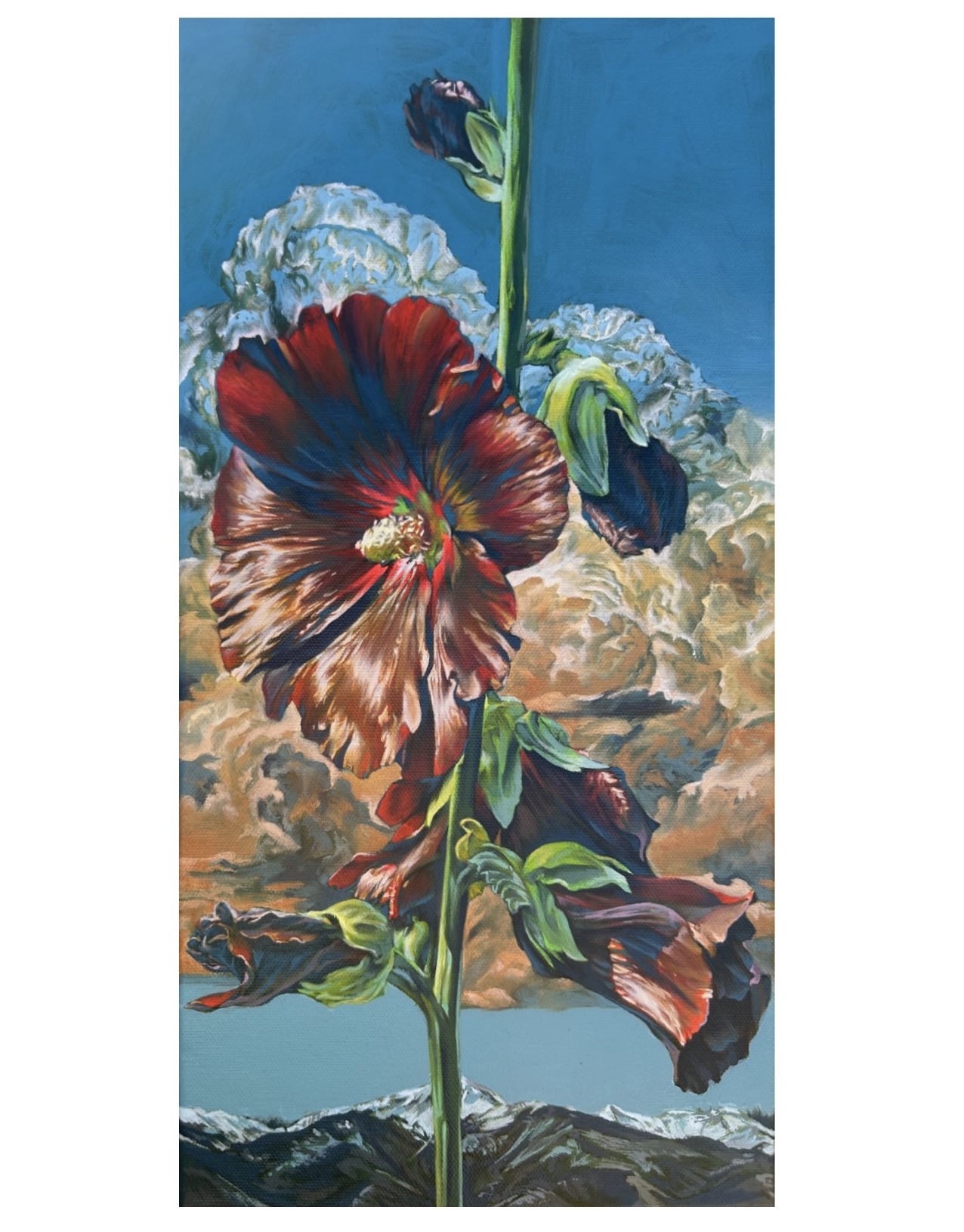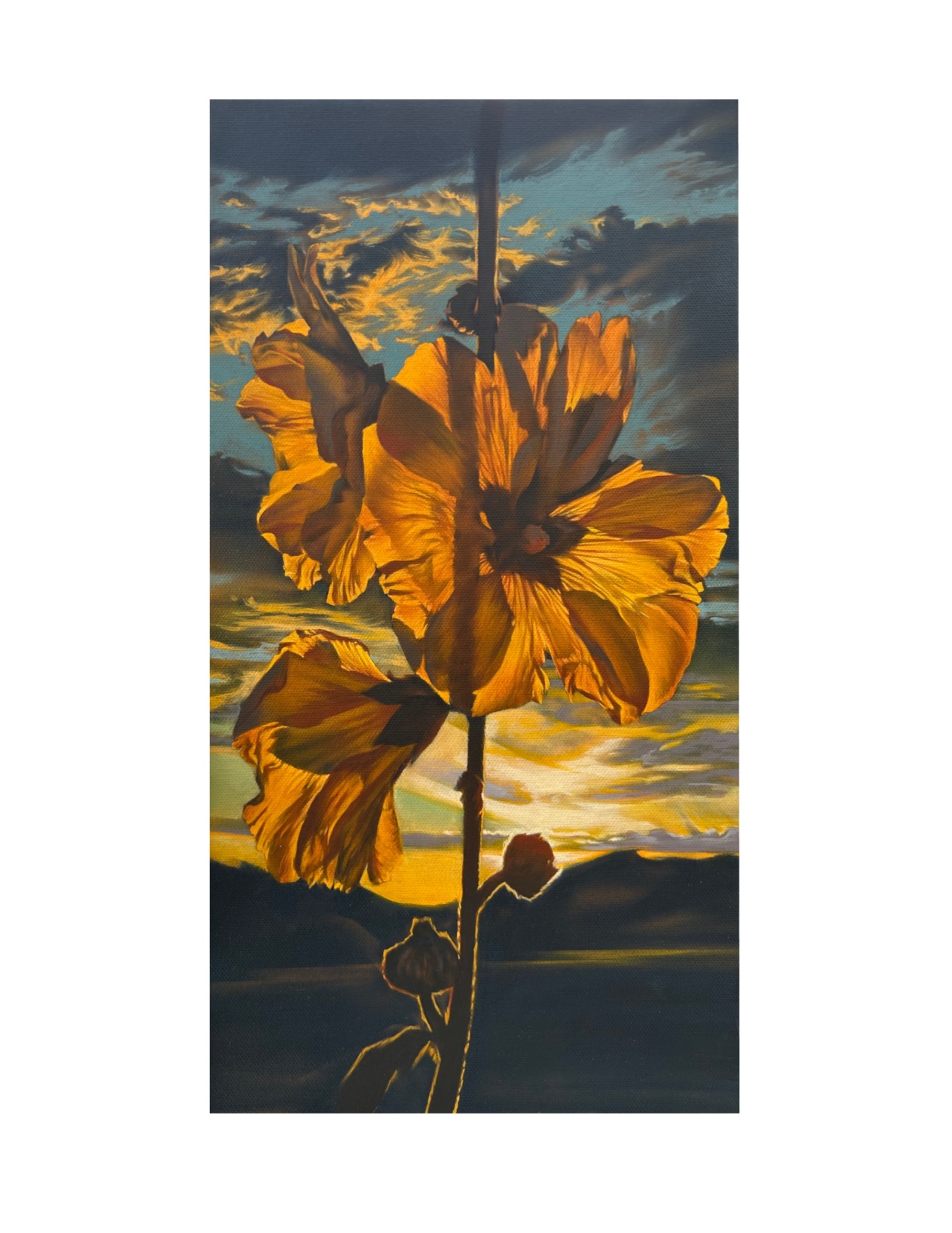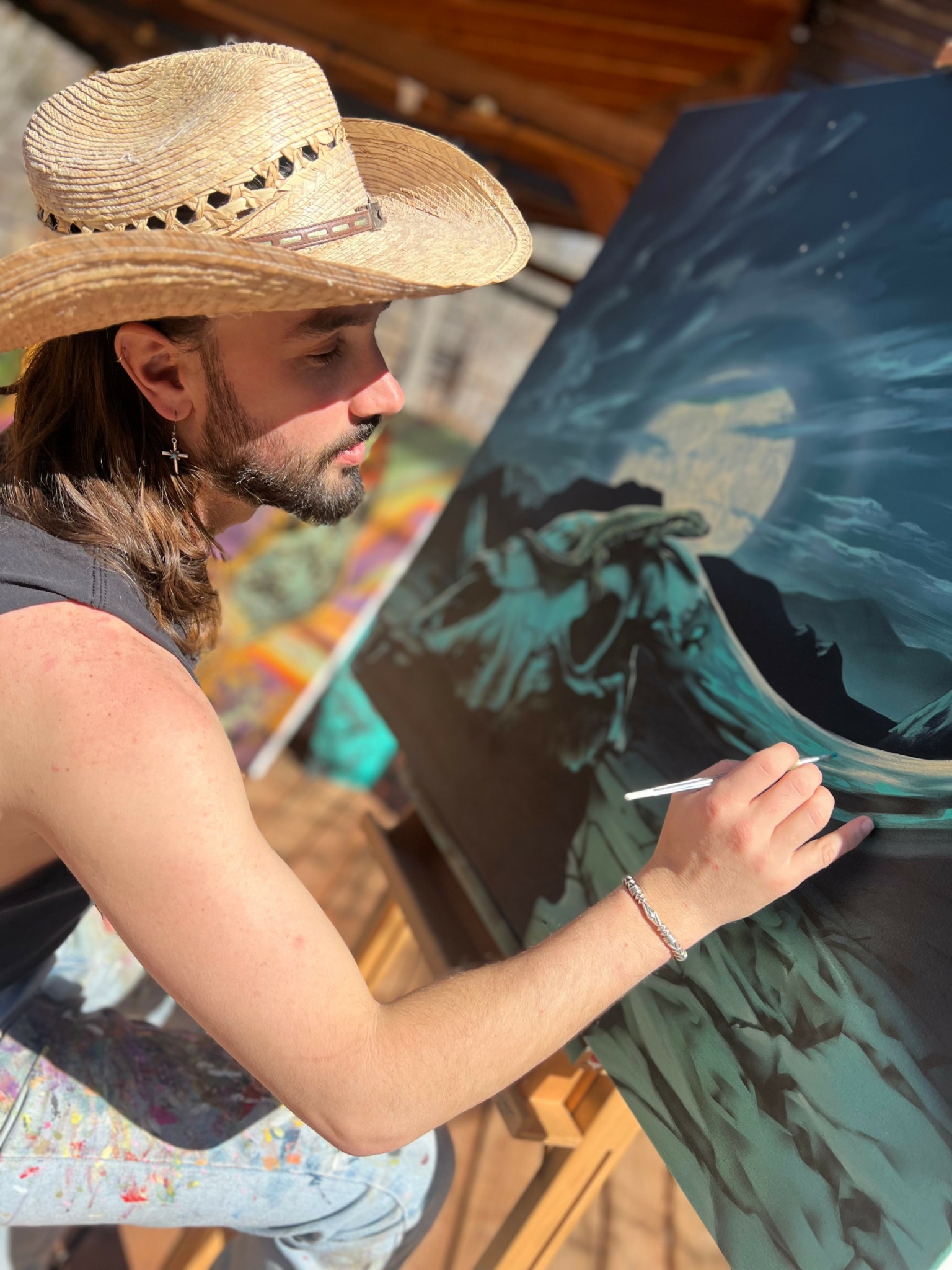We’re excited to introduce you to the always interesting and insightful Alex (Rocko) Rupert. We hope you’ll enjoy our conversation with Alex (Rocko) below.
Alex (Rocko), thanks for joining us, excited to have you contributing your stories and insights. It’s easy to look at a business or industry as an outsider and assume it’s super profitable – but we’ve seen over and over again in our conversation with folks that most industries have factors that make profitability a challenge. What’s biggest challenge to profitability in your industry?
Well I wouldn’t assume people think making art is SUPER profitable, however there are the lucky and the bold ones that manage to make the jump to being a full time artist, balancing their passion with the commercial side and solidifying their “brand” as a creator.
The issue that I see across the board with Artists that have been maintaining their brand through stylistic and creative consistency for years or decades (which is what the gallery industry largely demands) is that people get jaded. They want to branch out and experiment and explore, but the way the industry is structured is that “this is the artist that does this particular thing, and we are the ones that sell that thing” which makes artists who, for all intents and purposes are experimenters, feel pigeon holed.
This is the great paradox in today’s art market… the need to sacrifice some of this innate inquisitive nature that likely led to the desire to be a professional artist, for prospects of maintaining a successful , recognizable and profitable brand as a creator
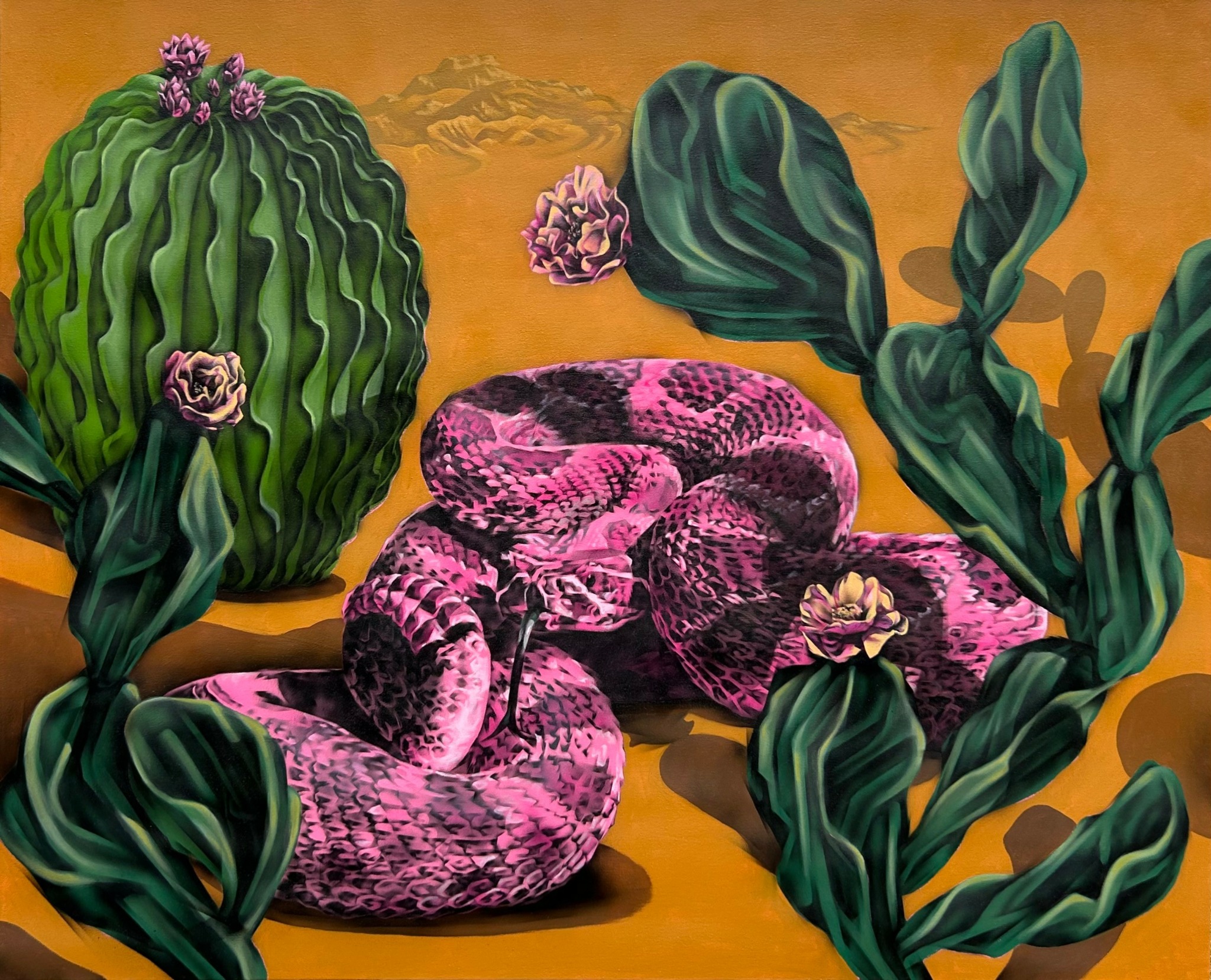
Alex (Rocko), before we move on to more of these sorts of questions, can you take some time to bring our readers up to speed on you and what you do?
My name is Alex (Rocko) Rupert. I’ve always been big on nature and big on art. Nature raises the questions and art is the avenue in which I’ve pursued answers to those questions. Ironically I’ve spent most of my professional career in big cities exploring what is art and what it means to be an artist. Making big murals, collaborating, building and illustrating. It wasn’t until Covid that I really got out into the wild, backpacking, hiking, rafting, exploring the country and letting nature work its magic and letting my art reflect that from a sincere place. Up until then my work had a lot of psychedelic undertones supplementing that “want” to be a naturalistic painter from the confines of a city where there wansnt as much nature, or, the ability to get lost in it. Getting “lost” is a relatively rare thing in that regard, but it’s good.
That’s one of the big things I like about the south west, its big, colorful, weird and wilderness is never far.
I also really like the emphasis that “southwest art” places on the technical side of art making. Historically it has always had an aura of realism, observation and appreciation for what you got in front of you as opposed to what you’ve got inside of you. Just look at all the big ones, the Dixons, the O’keefes, the Russel’s. All people who were captured by the nature around them and have used art as a means to decipher the questions that being immersed in nature has presented to them. That is a tradition carried on today out here. That is a breath of fresh air coming from Brooklyn where lots much of the art scene is an internal pursuit put on canvas, leaving questions of “why” and “what” is authentic. Here I feel there are no questions, just celebrations of the world we are all living in the form of art.
I’m also a very “hands on-technical” guy which is why I love woodworking. I firmly believe that craftsmanship and an understanding of the materials fuels the art making process, and perhaps more so that Art is the juice that separates tradesmanship from Craftsmanship.
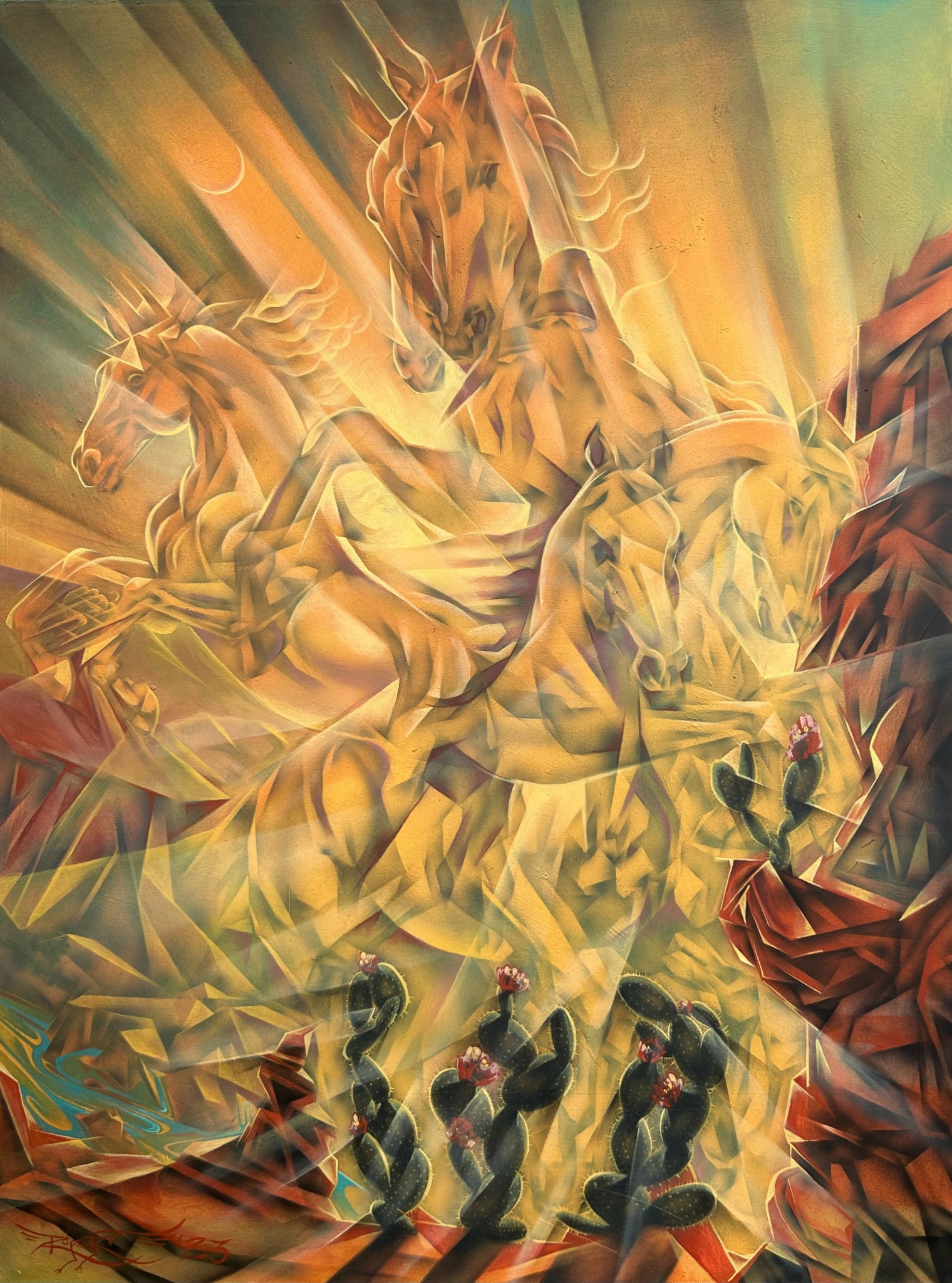
Have any books or other resources had a big impact on you?
Living in New York I’d be on the subway seemingly all the time. They have these ads plastered all over the interior and exterior of the train cars. One that I saw all the time was for “the school of practical philosophy” and after a few years of it being in my face I eventually went to one of the classes out of pure curiosity. It felt like a big mashup of pragmatic tools from a bunch of different philosophical traditions. Lots of the tools revolve around how to find purpose and happiness through work (something that people in the big apple often lose sight of) They would iterate that “it’s not your feelings about the work that matter, it’s the work itself that matters” a little mantra that helps when you are feeling like you are in a grind, refocusing that exhaustive energy into the task waiting for you at your fingertips. Or the Japanese concept of “Ikigai”which on the surface is about finding a balance between 4 things: what you love doing, what your good at doing, what the world needs people to do, and what you can be paid for.
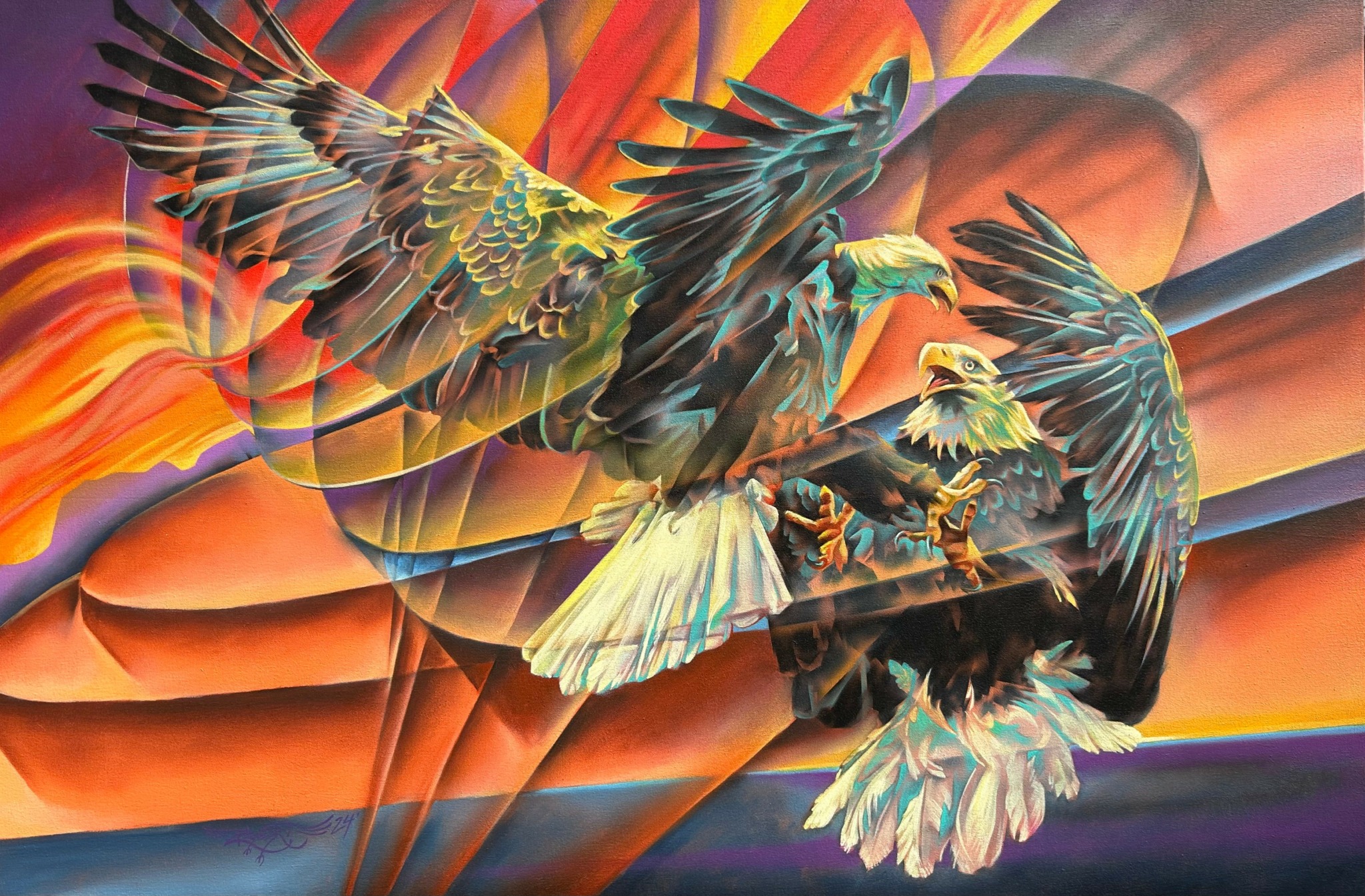
Can you share a story from your journey that illustrates your resilience?
For years starting out as a painter I was strapped for cash, I never really thought much of it until looking in retrospect. It was fun, living in a 2 or 3 bedroom apartment with 7 or 8 people living there at the same time. Turning the sun room or half of a kitchen into a place to sleep. Thankfully we were young so the stakes were low, but there was lots of collaboration and it felt like a big test of resilience. I remember my “studio” for years being a 3×5 foot little space right beside my bed, which was good in some sense you got to be really close to your art all the time haha. But now there’s a lot more opportunity to have a separate studio or even getting into the world of plein aire painting which, when your in it, feels like being in a bonus level of a video game as an artist, or like you got the star in mario, the whole WORLD is your studio and the work usually comes out really cool
Contact Info:
- Website: https://Www.rockorupert.com
- Instagram: @westernsurrealism

